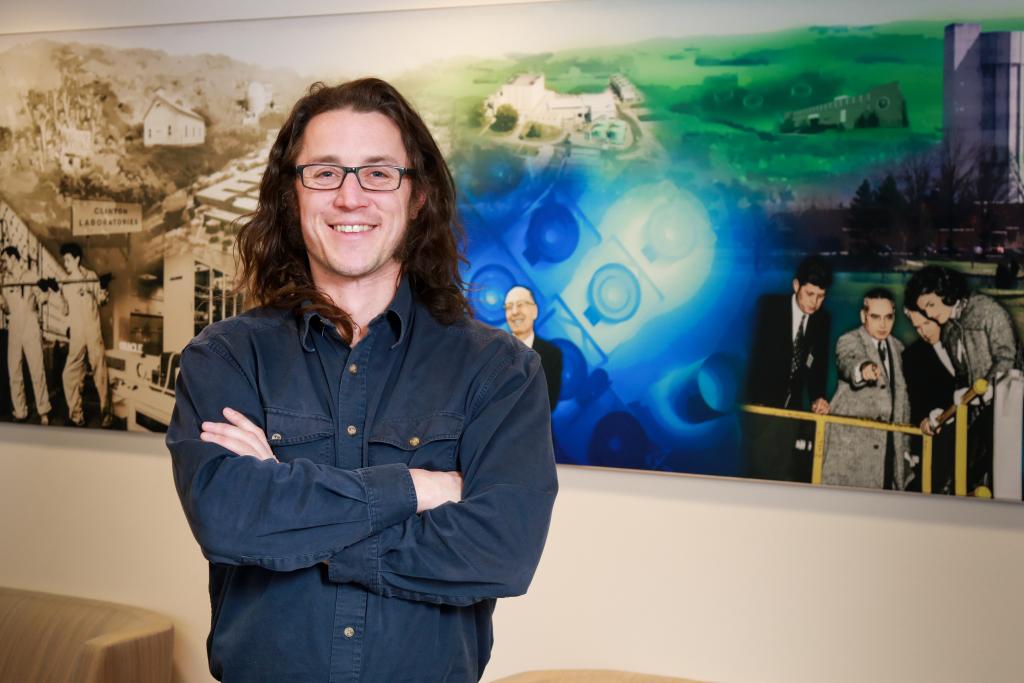
A major source of uncertainty in global gross primary production (GPP), and associated carbon cycle dynamics, is the calculation of maximum photosynthetic carboxylation rate (Vcmax) which is one of two plant traits that closely determines photosnthetic rate. Various methods are used in terrestrial biosphere models to calculate these traits; each representing a different theory about how these traits scale but the resultant errors have not yet been quantified.
Anthony P. Walker a research and development associate staff member in the Ecosystem Science group in the Environmental Sciences Division at Oak Ridge National Laboratory (ORNL) is investigating the impact of four trait-scaling hypotheses (plant functional type, nutrient limitation, environmental filtering, and plant plasticity) for Vcmax simulation and the impact on global patterns of GPP.
The study finds the Global GPP estimates between 108 and 128 PC yr-1, representing around 65% of the uncertainty range found in GPP model intercomparison exercises. The uncertainty propagated through to a 27% variation in net biome productivity. Encouragingly all hypotheses produced Global GPP estimates that were highly correlated with proxies of global GPP. However, the Global GPP estimates were as different from each other as they were from the models.
This research highlights the need for robust estimates of global photosynthesis and a better understanding of how maximum photosynthetic rates scale across the Earth’s surface.
Walker, et al. (2017) "The impact of alternative trait-scaling hypotheses for the maximum photosynthetic carboxylation rate (Vcmax) on global gross primary production", New Phytologist doi:10.1111/nph.14623
Nature Climate Change featured this work as a Research Highlight on nature.com. Read more
ORNL is managed by UT-Battelle for the Department of Energy's Office of Science, the single largest supporter of basic research in the physical sciences in the United States. DOE’s Office of Science is working to address some of the most pressing challenges of our time. For more information, please visit http://energy.gov/science.


